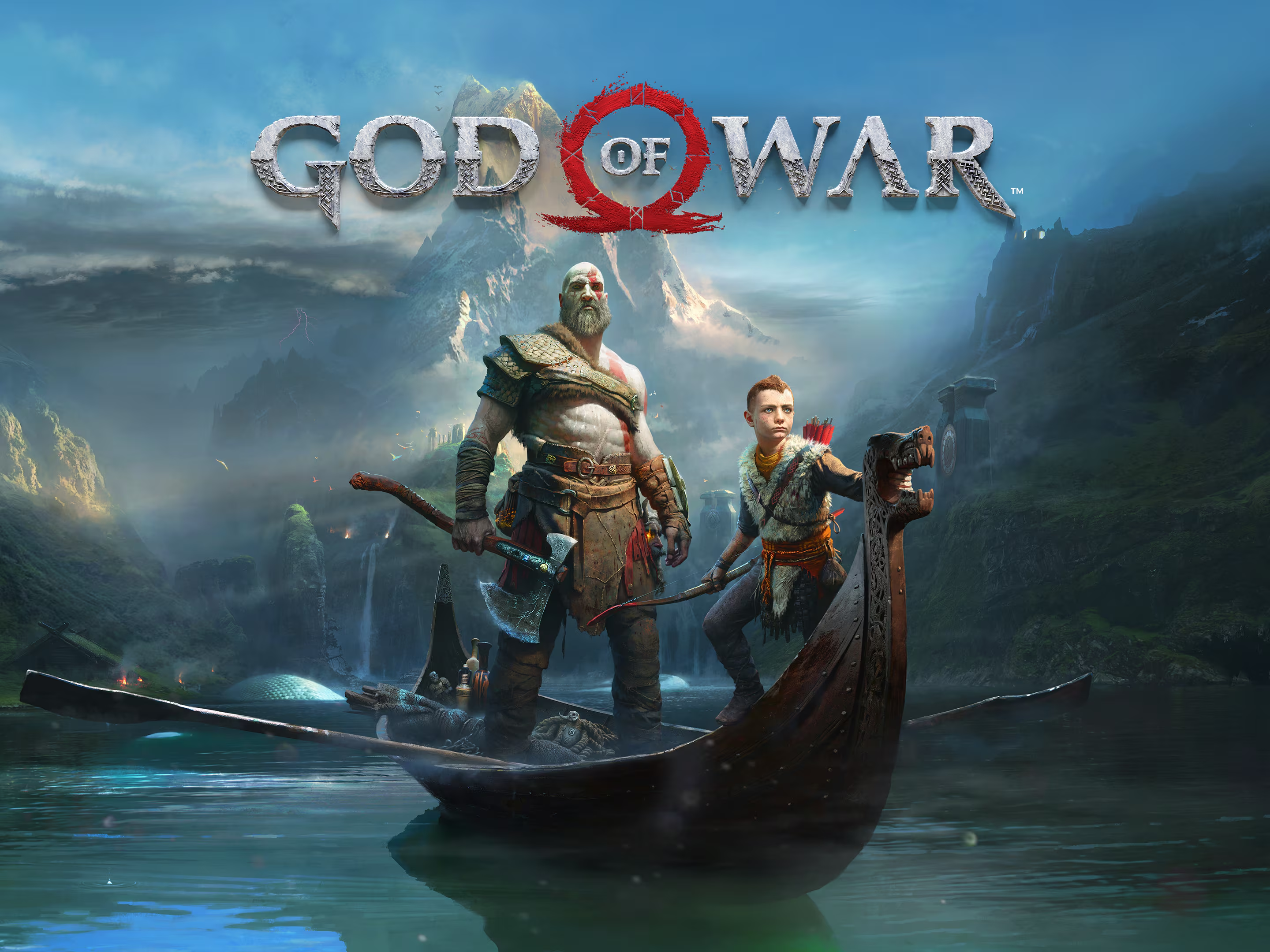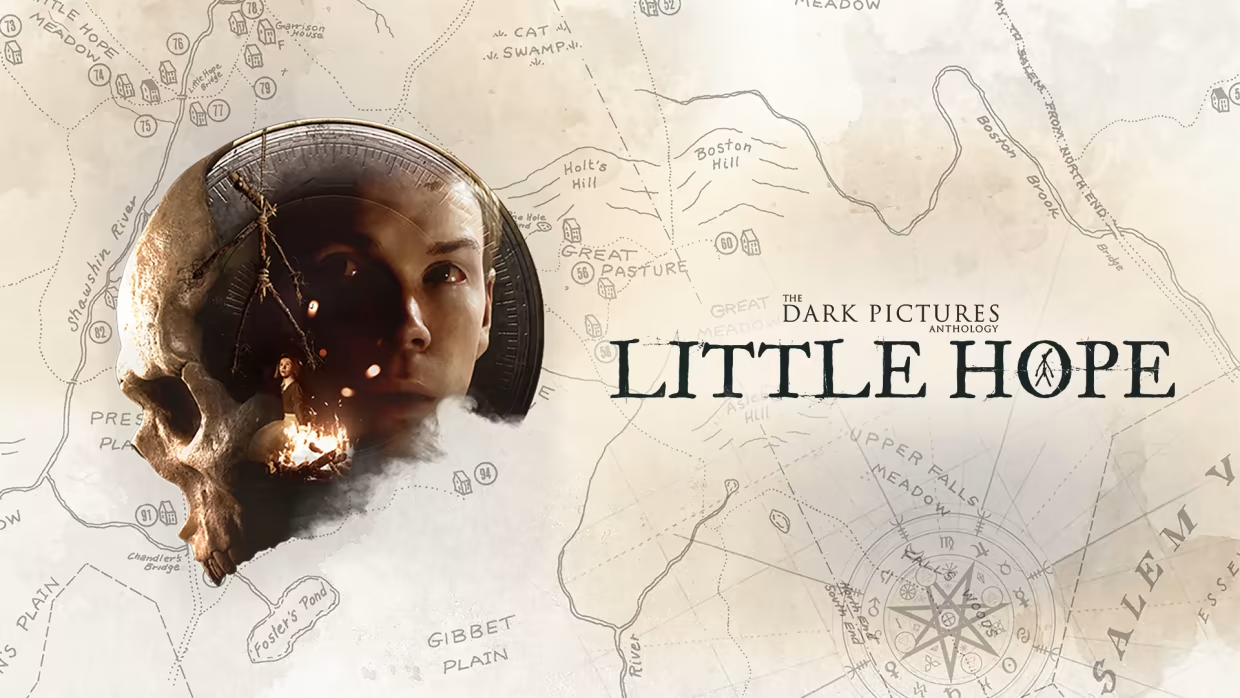Pikmin
Originally released on the Gamecube, Pikmin is an inventive real-time strategy game that exudes charm and purpose in its design: it’s a meticulously crafted experience that boasts great art direction and offers a unique take on the genre.
We play as Olimar, a space explorer who crash-lands on a strange planet after colliding with a meteor. The air is toxic and his life-support system has only 30 days of energy left, which gives him a narrow timeframe to rebuild his ship, called the Dolphin, and leave. Luckily, he soon finds some strange plant-like creatures that start to follow him around and obey his commands – with the help of these pikmin, Olimar must find the missing parts of the Dolphin before it’s too late.

RTS games have always had trouble working on consoles due to how they are designed: to control several armies across a huge map effectively, the speed and precision of a mouse is a must – while the keyboard allows for a complexity of commands. Pikmin, then, offers an ingenious solution for this problem, centering the whole action around its main character: units will follow Olimar through the map and do only what he commands. In other words, for a bunch of pikmin to perform a task at a certain place, Olimar must take them there and ask them to do it.
The command itself is also simplified, designed around a single action that produces different results depending on the context. Besides calling them back to us, we can only throw pikmin at stuff for them to perform an action. If we throw them near a resource, they will automatically try to grab it and carry it to Olimar’s ship, but if we throw them at an enemy, they will start to attack it, and if we throw them at nectar, they will eat it up, becoming stronger.
The bulk of the game is managing their tasks in real-time: when we come across a piece of the Dolphin, we must throw the necessary pikmin to retrieve it, but not without first throwing a group at a blockade to clear the path, and saving some pikmin to dispatch enemies on the way.
The main foe in Pikmin, however, is not the monsters that eat up these little helpful creatures, but time. Mouse allowed a PC player to be at different spots on the map almost instantaneously – we just clicked on the spot and we were there. Here, we must move Olimar to where a problem has arisen, taking time to not only get there, but also to gather the necessary pikmin to solve the issue.

Time is an element inherent to the game’s design, so it doesn’t come as a surprise that we must handle two timers at once here. In Pikmin, we have thirty days to gather the thirty parts of Olimar’s ship – the numbers match so we can easily know if are behind schedule or not – and each day lasts only a fixed amount of time: just thirteen minutes. In other words, each minute we spend walking with Olimar around the map is precious: we feel each mistake and miscalculation as the day goes by and nighttime approaches – when Olimar automatically leaves the surface and every pikmin not in his base is left to die.
The main strategy element in Pikmin arises from this tension. We must learn how to plan ahead of time so that we don’t waste days in fruitless actions, stumbling into a blockade we didn’t see or being caught by enemies without pikmin left to deal with them. We learn to do reconnaissance on each new area, taking in the surroundings, observing the design of each level, and memorizing the paths and shortcuts. We learn to observe enemy patterns so that the least amount of pikmin die in the battle. We learn the usefulness of each type of pikmin – they come in three colors – so that we don’t take red ones to solve a problem that requires swimming. In other words, Pikmin is all about learning to be effective, aiming to accomplish tasks in the least amount of time.
The game expects us to look closely at the environment to figure out ways to circumvent obstacles quickly – such as throwing pikmin to push a giant bag to create a platform, or to build a bridge from a pile of wood. Studying our surroundings can help us circumvent pikmin weaknesses, too: for example, red pikmin can’t swim, but we can throw them over a ledge to the other side of a lake, go with Olimar alone through the water, and grab them at the other side.

Combat is simple, but should not be taken for granted. If we throw pikmin at a creature, they will start to attack it automatically, so the challenge comes from where and when to throw them. Some enemies are more vulnerable if pikmin are mounting their backs, while others have only their feet exposed. These creatures will also move around and shrug pikmin off them, so we must carefully time when to call them back to us to avoid them being trampled or eaten.
But, despite all these anxiety-inducing systems (maybe precisely because of them, as a way to counterbalance them) the game’s whole aesthetic is gentle. If one just watched Pikmin without ever touching the controller, they would be led to believe this is one of the most relaxing games ever: the music is serene and soothing, the colors are vibrant, and most of the levels are made up of tranquil gardens and sunny forests. And there’s a charmful adherence to theme adding whimsey to the pleasant atmosphere, such as how we must pluck new pikmin from the ground and how the buds in their heads sprout into flowers when they become stronger.
The story, meanwhile, is told through his brief descriptions of the Dolphin parts, and the logs at the end of each day – they are Olimar’s journal – when we learn a bit more about him: his love for his family, his troubles at work, his naivety regarding commerce, and his general cluelessness about engineering – let’s just say the number of ship parts that he doesn’t fully comprehend is quite concerning. These logs paint a curious and whimsical character with an inquisitive mind, as Olimar tries to grasp the behavior of the indigenous fauna and starts to name and catalog his findings.

There are also hints about the identity of this planet in the form of some manmade items scattered around the environment, and, in another whimsical touch, these objects are all much bigger than Olimar, leading us to believe his people are quite tiny.
The only problem with Pikmin is that it is over too soon. It’s tightly designed so that every element has a clear purpose – and one could argue its short length increases replayability, with the player aiming for better times – but there is still some untapped potential here: there are just a couple of challenges that require more than one group of pikmin and the use of flowers that change their type, for example. Just one more challenging level would have been perfect.
But for the first game of a series, Pikmin is a remarkable achievement. Its unique design and fascinating world offer an engaging and memorable time.
November 04, 2023.
Nintendo EAD.
Masamichi Abe and Shigefumi Hino.
Motoi Okamoto.
Hajime Wakai.
8 hours.
Switch.

























